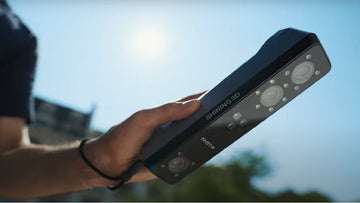3D scanning technology can help teachers save time and resources by allowing them to bring real-life objects and environments into the classroom without physically transporting them.
Traditionally, teachers may have had to physically bring in real-life objects or take students on field trips to far-off locations in order to provide a hands-on learning experience. While these methods can be effective, they can also be time-consuming and costly. In addition, there is always the risk of lost or damaged materials when physically transporting objects or traveling to distant locations.
With 3D scanning technology, however, teachers can simply bring the digital models of real-life objects and environments into the classroom, saving time and resources. This not only saves time and money, but also reduces the risk of lost or damaged materials.
In addition to the logistical benefits of 3D scanning, it can also help teachers create more interactive and customizable lesson plans. By using 3D scans in the classroom, teachers can create interactive lesson plans that are tailored to the needs and interests of each student, providing a more engaging and immersive learning experience.
Overall, the benefits of 3D scanning in education for teachers are numerous. From saving time and resources to creating more interactive and customizable lesson plans, 3D scanning technology is a game-changer for educators. If you're a teacher or administrator looking to incorporate 3D scanning into your curriculum, it's definitely worth considering the benefits it can have for your classroom.







